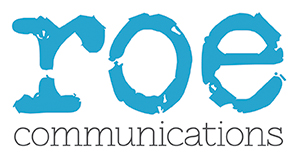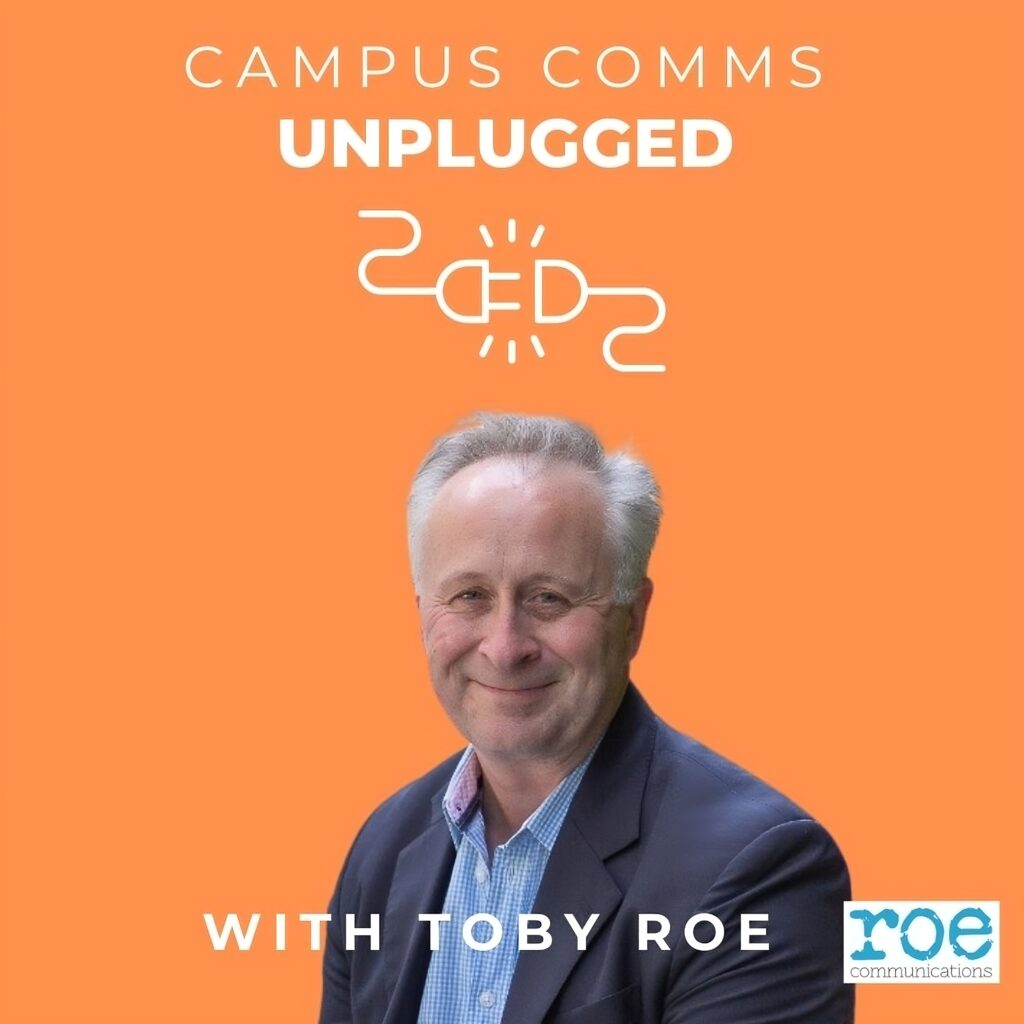Nalisha Patel is the Regional Director for the Americas & Europe at GMAC, responsible for developing overall regional strategies to promote business education and build wider and more diverse talent pipelines, supporting them in their career journeys.
1. Can you give us a bit of your “back story”? What led you to your current career path?
I come from a first‑generation immigrant family in the Midlands of the UK. My grandparents left stable lives in India in the 1950s to forge a future in the UK for the generations that followed – a remarkable sacrifice that deeply shaped my values around perseverance, gratitude, and long‑term vision. Growing up, I benefited from that legacy of opportunity, yet I also felt the drive to define my own path.
My journey has been far from linear or predictable. I earned a degree in Design, and over the past decade-plus, I’ve woven my background in creativity with a passion for education and strategy. That blend led me to roles like Executive Director of Degree Programs & Student Experience at London Business School, where I oversaw admissions, student experience, and strategic planning while serving on the governing body of the institution.
My transition to GMAC felt like a natural evolution. As Regional Director for Europe – and now Americas and Europe – I’m responsible for mapping strategy across the region, conducting research, engaging with business schools, prospective students, and policymakers to build talent pipelines and advance access to quality business education.
The selection of my career path has been guided by curiosity, continuous improvement, and the purpose of fostering connections across education systems and markets. It isn’t a straight line, but that’s what makes it meaningful.
2. Can you share the most interesting story that you have experienced in your current role? What were the most valuable takeaways?
One of the most eye-opening moments came during a roundtable we hosted with business school leaders from across Europe. We were discussing shifts in candidate preferences, particularly among Gen Z, and one dean shared how their school had completely rethought their admissions messaging based on our survey findings. Instead of focusing on rankings or prestige, they began highlighting values, purpose, and career flexibility, and saw a measurable increase in engagement from international applicants.
It reminded me how powerful it is when research moves from insight to action. The most valuable takeaway for me was that today’s candidates are deeply intentional about their choices. They want to feel seen, understood, and supported, not just sold to. As a sector, we need to keep listening and adapting in real time.
3. Differentiation seems to be a big challenge for business schools at the moment. How should they approach it?
It’s true – when every school has great faculty, global exposure, and strong career support, the question becomes: what makes you memorable to the right student? I think the key lies in emotional resonance. Schools need to move beyond broad slogans and express their unique identity, whether that’s rooted in mission, location, community, or pedagogy.
Data can help here. For instance, our research shows that candidates from different regions prioritise different things: North American candidates tend to focus more on post-degree employment and ROI. In contrast, European candidates may value international exposure or sustainability. If schools align their messaging with what matters most to their target students – and deliver an experience that lives up to it – that’s where differentiation becomes real.
4. What are the top 3 pieces of advice that you would give to business school communicators now?
1. Speak in the voice of your students.
Gen Z expects authenticity. Use their language, highlight their stories, and show how your program fits into their aspirations, not just your brand narrative.
2. Lead with purpose, not prestige.
Accreditations and rankings matter, but what really cuts through is your impact on students, on business, and society. Articulate your “why” clearly and consistently.
3. Make AI your ally.
AI is changing how candidates search, evaluate, and interact with schools. That can be intimidating, but it’s also an opportunity. Whether it’s tailoring content, streamlining FAQs, or gaining deeper insights from engagement data, use AI to connect more personally and efficiently.
5. Are you working on any exciting new projects that you want to tell us about? Who will benefit?
Absolutely! One project I’m particularly excited about is GMAC’s ongoing work to better understand and support the evolving needs of international graduate management education candidates, especially in light of rapid global shifts like visa policy changes, economic uncertainty, and the growing impact of AI.
We’re enhancing our research and insights to help schools make more inclusive, data-informed decisions about recruitment, curriculum, and career outcomes. At the same time, we’re expanding outreach tools and resources to better serve candidates, especially first-generation, underrepresented, and non-traditional students, so they can navigate their options and make empowered decisions about their future.
Ultimately, this work benefits a wide spectrum: business schools looking to build more globally diverse cohorts, students seeking transformative education opportunities, and employers who need agile, values-driven talent. It’s a deeply collaborative effort – and a timely one for this dynamic era of graduate management education.


